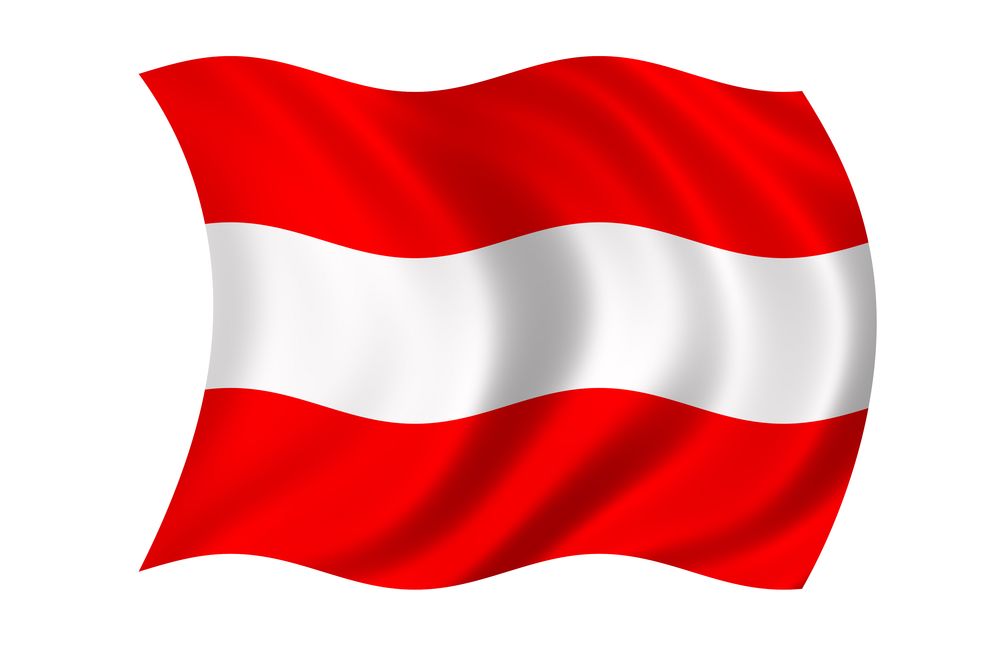Presidency Proposes Changes to ePrivacy Articles 6, 8 and 10
The Austria Presidency has issued revisions to Article 6, 8 and 10 for the proposed ePrivacy Regulation in connection with next week’s WP TELE meeting. The introduction by the Presidency to the Delegations indicates that based on the recent TTE Council, additional discussions of these complex provisions containing core elements is warranted to advance the proposal and address a number of concerns held by delegates.
Austria took over the Presidency of the Council of the European Union from Belgium on July 1, 2018. It has previously outlined its priorities as security (securing external borders against illegal immigration), maintaining Europe’s competitiveness through digitization, and stability in Austria’s neighboring countries (working towards EU accession for Western Balkan countries).

Here are the three sections of the ePrivacy Regulation implicated by the most recent proposed modifications:
Article 6: Permitted Processing
The Presidency intends to make the regulation more future-proof (borrowing from GDPR Article 6(4)) by allowing for the development of innovative services in the rapidly-changing digital environment. In order to do so, it has added language in a new section, Article 6(2a) as well as additional safeguards to ensure lawful and responsible treatments of data. New language in Article 6(2)(b) also clarifies that the processing of metadata for calculating and billing interconnection payments (everyday business for operators) is allowed.
Article 8: Protection of End-Users’ Terminal Equipment Information
The Presidency has left the text unchanged but added additional text on conditional access to website content in Recital 20. The Presidency suggested the delegations look at the new text and its relationship with GDPR Article 7(4) on freely given consent.
Article 10: Privacy Settings
The Presidency has proposed discussing the deletion of Article 10 because of concerns about the burden it will place on browsers and apps, the issue of consent fatigue on end-users, doubts about its added value, and the link to fines for non-compliance.
We will continue to follow the negotiations over these important sections of the ePrivacy Regulation, which will replace the current ePrivacy Directive.
Other Blog Posts on ePrivacy Regulation:
ePrivacy Regulation Destined for a 2021 Start Date?
EDPB Releases Agenda of Fifth Plenary
Will 2019 Be the Year of GDPR Enforcement & Finalization of the ePrivacy Regulation?
EDPS Urges Adoption of ePrivacy Regulation
Latest on ePrivacy from Austria
EDPS on ePrivacy Regulation
Significant Progress on ePrivacy Regulation Highlighted by Progress Report
EDBP Pushes ePrivacy Regulation After GDPR Goes Into Effect
Revised ePrivacy Regulation Draft Circulated
Contact Clarip for Help with Your Privacy Program
The Clarip data privacy software and team are available to help improve privacy practices at your organization. Click here to contact us (return messages within 24 hours) or call 1-888-252-5653 to schedule a demo or speak to a member of the Clarip team.
If you are working towards GDPR compliance, we can help through our modular GDPR software. Whether you are starting the process with GDPR data mapping software, need privacy impact assessment software, or looking to meet ePrivacy requirements with cookie consent manager, Clarip can help strengthen your privacy program.
If CCPA compliance in 2020 is on your radar, ask us about our California Consumer Privacy Act software. Improve efficiency of responses to data subject access requests with our DSAR Portal, or provide the right to opt out of the sale of personal information with our consent software.
Click here to contact us (return messages within 24 hours) or call 1-888-252-5653 to schedule a demo and speak to a member of the Clarip team.

 Data Risk Intelligence
Data Risk Intelligence Automated Data Mapping
Automated Data Mapping Do Not Sell/Do Not Share
Do Not Sell/Do Not Share Cookie Banner Solutions
Cookie Banner Solutions Consent & Preferences
Consent & Preferences Data Rights Requests
Data Rights Requests
